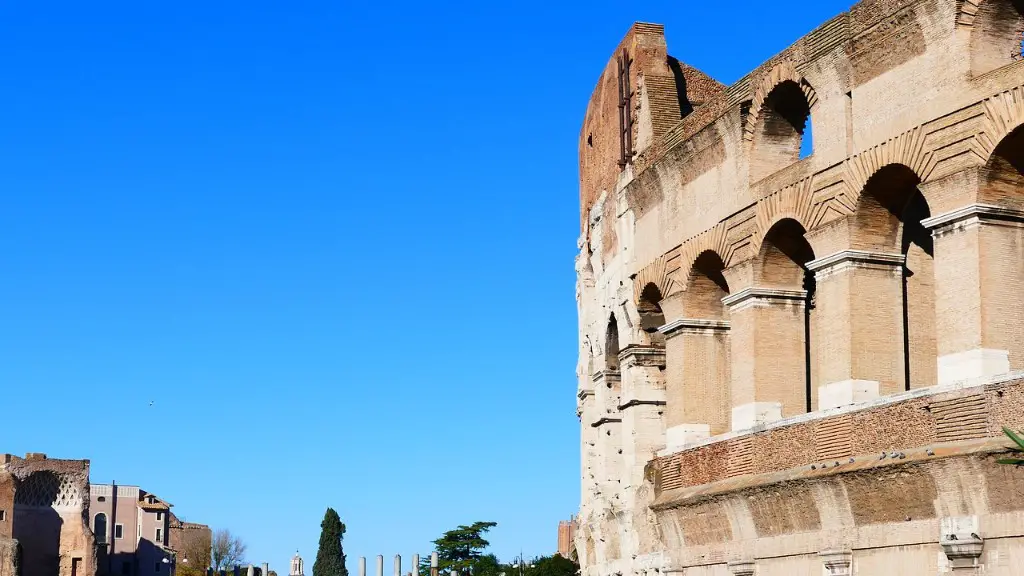How tall were the people living in Ancient Rome when compared to those of us living today? Recent studies have shown that, on average, people in Ancient Rome were shorter than today’s European adults, though still of substantial heightGiven enough to survive the hard labor that was required of them. Through archeological evidence and written accounts from ancient Roman texts, we can get a better idea of the average height of Ancient Romans.
Environmental Factors
At the time of Ancient Rome, the environment was less hospitable than it is today, different test studies suggest that the height of individuals was affected by adverse environmental factors like the climate, the availability of food and medical care. Since Rome was an agricultural society, the amount of food people could consume was limited—making their growth and overall stature limited as well. This leaves us to conclude that the environment was a major factor in the average height of ancient Romans.
Average Height
According to research, the average height of ancient Roman men between the ages of 25 and 45 was approximately 5 feet 7 inches. The average Roman woman, on the other hand, was about 5 feet 3 inches tall. These numbers suggest that the average life expectancy in Ancient Rome was relatively short. However, it does not account for those with rare examples of exceptional height. It was not uncommon to find men of Roman elite that were over 6 feet tall, though there were many of the lower classes that were much shorter.
Comparison With Today
Today, the average height for European men is 5 feet 9 inches and for women is 5 feet 5 inches. With the improved living conditions and diets, it is not surprising that the average height has increased significantly over time. The genetic adaption of modern humans to the improved environment played a major role in this phenomenon.It can be seen that in comparison to today’s standards, the average height of Ancient Romans was slightly shorter than today.
Growth Trends
The Roman Empire and its people have been studied extensively during the past few decades. The analyses of the lifestyles and environments of different classes have helped to build a narrative of the height trends as society shifted. If we look at the average heights of individuals in lower classes,they appear to have increased slightly in comparison to those from the upper classes, possibly due to improved diets and access to better healthcare.
Medical Conditions
Doctors of the time were well-aware of the potential for diseases, such as malaria and dysentery, to affect the growth of individuals. Evidence suggests that even the strongest individuals in Rome could be easily felled by common viruses, parasites, and fungi combined with the lack of readily-available nutrients. This lack of nutrition, combined with a lack of sanitation and inadequate healthcare, meant that the average height of Ancient Romans generally remained lower than today’s standards.
Conclusion
While scientists are able to estimate the average height of Ancient Romans, it is difficult to determine the exact number due to the lack of sufficient data. Various environmental factors and medical conditions have certainly played a role in the reduced heights, though it is likely that genetics have also been a hindering factor. From the available evidence, it appears that the average height of Ancient Romans was generally considerably lower than today’s European standards.

